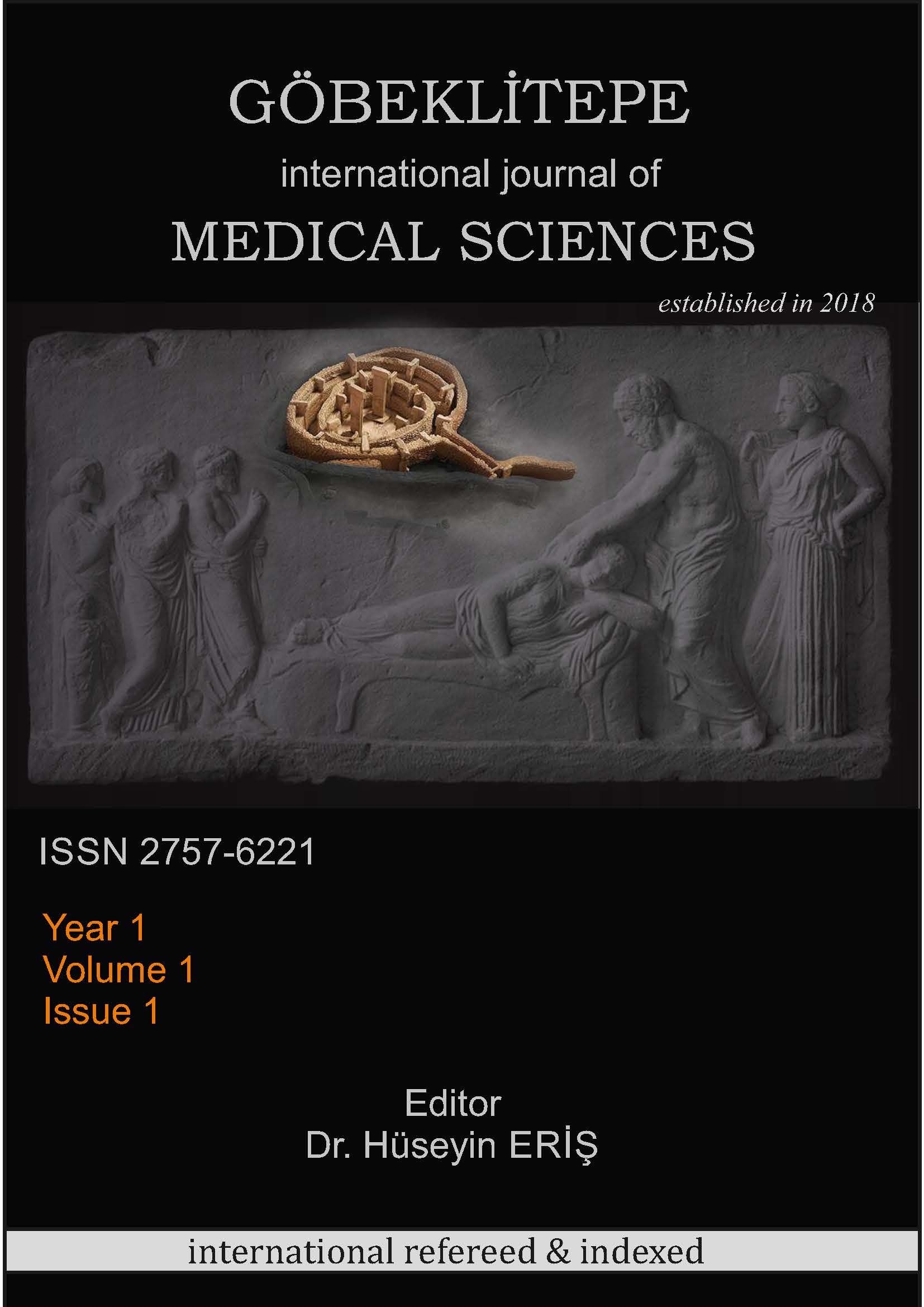VITAMIN D AND ITS DEFICIENCY
Keywords:
Vitamin D, Vitamin D deficencyAbstract
Vitamin D is a group of fat-soluble secosteroids. In humans, the most important compounds in this group are vitamin D3 (cholecalciferol) and vitamin D2 (ergocalciferol). They are responsible for increasing intestinal absorption of calcium, magnesium, and phosphate, and many other biological effects. Vitamin D3 is synthesized by the skin when exposed to sun UV light. It can be taken via foods. It is used to treat an important vitamin D deficiency disease (rickets). Vitaminis D2 is also found in food and can be used as a dietary supplementö to prevent and treat patients having vitamin D deficiency due to poor intestinal absorption or liver disease. It may also be used for treatment of low blood calcium due to hypoparathyroidism. Vitamin D generally has many functions such as protecting the body against muscle weakness, regulating the heartbeat, strengthening the immune system. It is also necessary for thyroid functions and normal blood clotting. Vitamin D increases calcium absorption from the digestive system and helps calcium accumulation in the bones. In its deficiency, retardation of body growth and development may ocur and an increase in frequencu of microbial infections. Vitamine D deficiency is an important and common problem all over the world including Turkey, so I intended to write this compilation to raise the readers knowledge and interest





